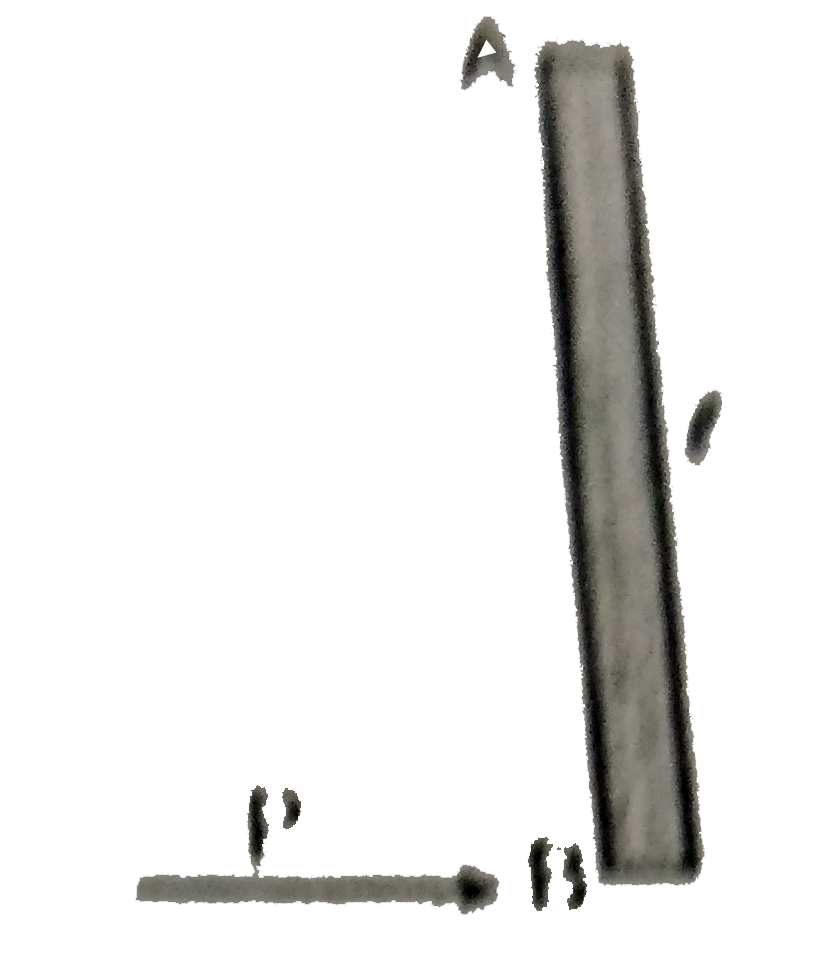A
B
C
D
Text Solution
Verified by Experts
The correct Answer is:
|
Topper's Solved these Questions
DAILY PRACTICE PROBLEMS
RESONANCE ENGLISH|Exercise dpp 71|8 VideosView PlaylistDAILY PRACTICE PROBLEMS
RESONANCE ENGLISH|Exercise dpp 72|4 VideosView PlaylistDAILY PRACTICE PROBLEMS
RESONANCE ENGLISH|Exercise comprehension|127 VideosView PlaylistCURRENT ELECTRICITY
RESONANCE ENGLISH|Exercise Exercise|53 VideosView PlaylistELASTICITY AND VISCOCITY
RESONANCE ENGLISH|Exercise Advanced Level Problems|9 VideosView Playlist
Similar Questions
Explore conceptually related problems
RESONANCE ENGLISH-DAILY PRACTICE PROBLEMS-dpp 70
- A uniform rod AB of mass m and length l at rest on a smooth horizontal...
03:55
|
Playing Now - As shown in the figure, a disc of mass m is rolling without slipping w...
03:50
|
Play - A uniform circular disc placed on a horizontal rough surface has initi...
05:45
|
Play - The equation of motion of a particle of mass 1g is (d^(2)x)/(dt^(2)) +...
01:53
|
Play - A man of mass 60kg is standing on a platform executing SHM in the vert...
03:20
|
Play - A particle executes SHM in a straight line. In the first second starti...
02:47
|
Play - A particle performing S.H.M. undergoes displacement of (A)/(2) (where ...
02:05
|
Play
